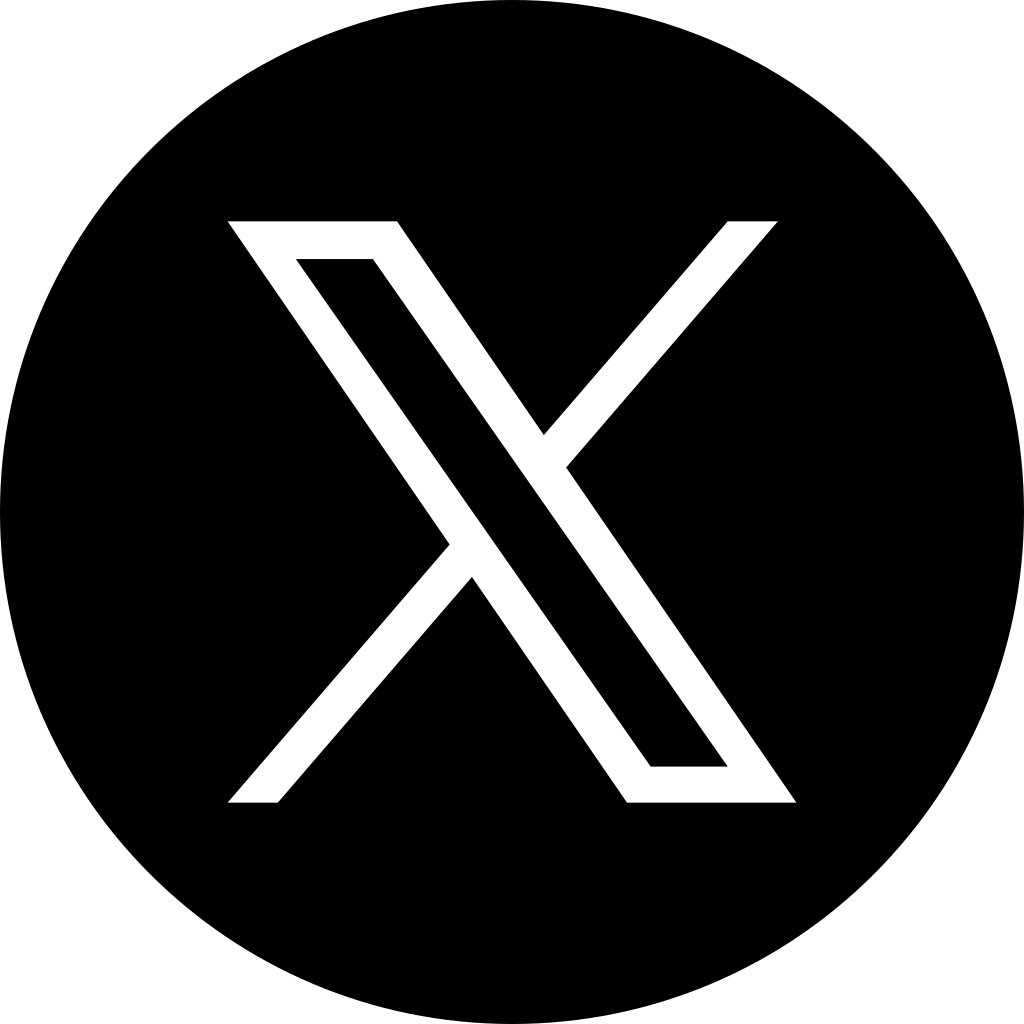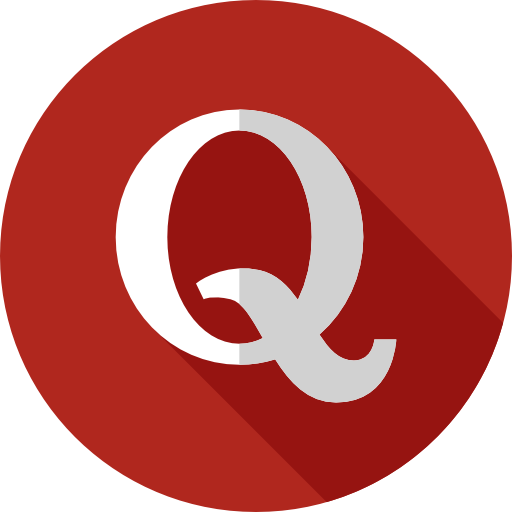Overview
This is a Canada-based, dropshipping eCommerce business specializing in impact-resistant iPhone and AirPod cases. Established less than two years ago, the brand has experienced sharp revenue growth, followed by a gradual decline as operational effort reduced. Despite its young age, this brand reports $444,071 in annual revenue and a 31% net profit margin, with historically strong performance during mid-2024 and steady profits maintained through organic marketing efforts.
The seller claims minimal weekly involvement (under 1 hour), citing capital diversion to other ventures as the reason for selling. With a solid brand identity, viral video performance, and an engaged audience across TikTok and Instagram, this business appears poised for revitalization and scaling — especially if handled by a performance-driven marketing team.
Key Insights
Website Performance & Metrics
Website Speed: Performs reasonably well on desktop but can improve on mobile responsiveness and page load optimization.
Product Variations & SKUs: Limited SKUs (primarily iPhone & AirPod case variations); narrow catalog creates a focused brand identity but restricts upselling.
AOV & CLV: Average Order Value not disclosed, but high margins suggest healthy pricing. Customer Lifetime Value is likely low due to single-product nature and limited SKU diversity.
Repeat Customer Rate: 3.06% — very low, expected in a niche, low-usage category like phone cases.
Conversion Rate: Not disclosed, but likely above average during paid campaigns and viral video spikes.
Design & UX: Clean, minimalist website design. Branding is sleek and product-focused, but product descriptions and trust elements (e.g., testimonials, certifications) are lacking.
Positioning & Sentiment: Presented as a high-durability phone case brand with viral, shock-proof appeal. However, Trustpilot reviews are damaging: 2 reviews label the brand as misleading, highlighting dissatisfaction with quality and customer service.
Customer Acquisition Cost & Scalability: Historical Meta ad campaigns were profitable immediately, suggesting product-market fit and potential for re-scaling with capital. CAC details are not provided, but ROAS was reportedly positive.
Marketing Angle & Repositioning Potential: The current shockproof, invincible-case angle has been partially undermined by customer complaints. A rebranding around design, style, or sustainability may widen appeal and revive sentiment.
Financial Summary
Annual Revenue: $444,071
Annual Profit: $137,470
Profit Margin (Avg): 31%
Profit Multiple: 0.8x
Revenue Multiple: 0.3x
The business is undervalued considering its profitability, with a strong gross margin, lean operations, and low listing multiples.
Marketing (Paid & Organic)
Paid Marketing: Meta ads ran successfully for 8 months, generating immediate profits. Account restrictions forced a pivot to organic.
Organic Performance: TikTok videos frequently hit 5–6 figures in views. Organic traffic still yields consistent sales, with minimal effort.
Email Marketing: Basic flows established via Klaviyo. No evidence of consistent campaign-level outreach or segmentation.
SEO & Content: Very little focus. No blog or Google-ranking strategy in place — significant upside potential.
Operational Efficiency
The owner currently spends under 1 hour per week running the brand.
Video creation and editing are done in-house with minimal expertise.
No team or delegation; no outsourced customer service noted.
Fulfillment is handled through dropshipping (low overhead).
Operations are simple but not scalable in current state.
Customer Data & Relationships
Email List: Size not disclosed — likely under-utilized.
Customer Sentiment: Negative feedback on Trustpilot highlights poor product quality and false advertising claims.
Repeat Rate: Only 3.06% — weak long-term retention due to niche and possible dissatisfaction.
Customer Service: Inadequate. Multiple complaints on Reddit and Trustpilot point to rigid return policy enforcement and limited support responses.
Legal & Compliance
Refund/Return Policy: Claims of a 60-day satisfaction guarantee are contradicted by rigid non-returns on damaged goods.
Advertising Claims: Current product positioning around “invincibility” may be legally risky without backing certifications. Complaints allege false advertising.
Trademark/IP: No mention of trademarks, patents, or registered branding — needs verification.
Data Compliance: No specific policies found on data privacy or GDPR compliance — should be evaluated further if selling in EU or international markets.
Challenges Identified
Brand Trust & Reputation: Negative public reviews harm the brand's credibility. If left unaddressed, they could cap growth and retention.
Product Quality Concerns: Product may not meet the durability claims marketed. This mismatch threatens long-term trust and increases return/refund risks.
Ad Account Restrictions: Previous Meta ad account was restricted. A new buyer would need to start fresh or solve platform trust issues.
Limited SKU and Upsell Opportunity: Narrow catalog makes customer retention and upselling difficult.
Underutilized Marketing Channels: No SEO, weak email marketing, no influencer strategy — leaving significant revenue on the table.
Revenue Decline: Sales have sharply declined from peak ($108k in July to <$3k in May), suggesting reliance on founder’s effort and organic virality.
Recommendations
Due Diligence Call with Seller: Confirm past 3–6 months of revenue/profit, customer acquisition strategy, and future ad plans. Ask:
Why were no new products introduced?
Why not outsource media creation or email campaigns?
What exactly triggered Meta ad restrictions?
Hire Professional Media Buyer: To re-establish paid channels and scale using proven high-performing creatives.
Customer Service Overhaul: Implement robust return handling, satisfaction guarantee enforcement, and active customer support.
Product Repositioning: Shift messaging from “indestructible” to “stylish protection” or similar safer claims to avoid liability.
Explore SKU Expansion: Add accessories or device-related SKUs to boost AOV and encourage repeat customers.
Legal Audit: Review all product claims, return policies, and any potential risk in advertising to ensure consumer law compliance.
Conclusion
This business represents an undervalued acquisition opportunity with strong historical performance and a high-margin model, yet it's hampered by reputation risks, operational inertia, and declining revenues. While the foundation — product concept, branding, and social presence — is solid, the business now demands active management, better customer care, and professional marketing to scale again.
For a buyer willing to invest in team, structure, and repositioning, this ecommerce business could become a scalable DTC brand in the phone accessory niche. However, acquisition should be contingent on further seller disclosures and a clean legal review — especially around false advertising claims and Meta ad restrictions.












